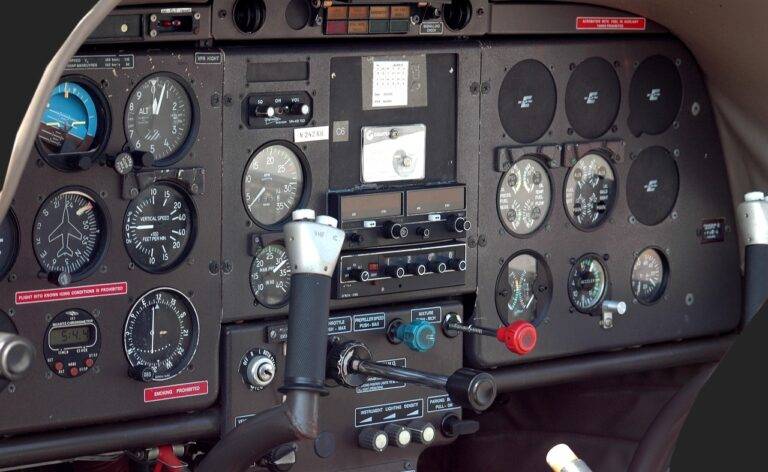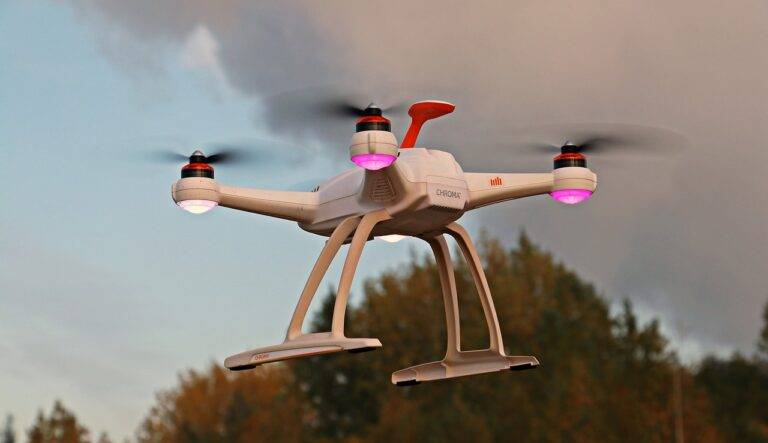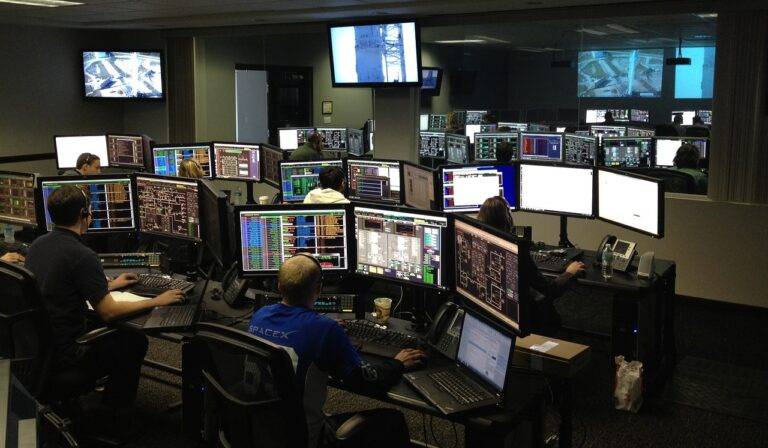Tech Solutions for Wildlife Conservation
Wildlife conservation is facing a myriad of obstacles in today’s world. One prominent challenge is habitat destruction due to deforestation, urban expansion, and agriculture. As human populations grow and land use changes, wildlife habitats are continuously encroached upon, leading to loss of biodiversity and disruption of ecosystems.
Another significant challenge in wildlife conservation is poaching and illegal wildlife trade. Despite strict laws and regulations in place, the demand for wildlife products continues to drive the illegal hunting and trafficking of endangered species. This not only threatens the survival of many wildlife populations but also disrupts the balance of nature. Efforts to combat poaching require collaboration among governments, organizations, and local communities to effectively enforce wildlife protection laws and prevent further exploitation of vulnerable species.
• Habitat destruction due to deforestation, urban expansion, and agriculture
• Loss of biodiversity and disruption of ecosystems
• Continuous encroachment on wildlife habitats
• Poaching and illegal wildlife trade
• Demand for wildlife products driving illegal hunting and trafficking
• Threatening the survival of endangered species
Efforts to address these challenges in wildlife conservation require a multi-faceted approach that involves education, advocacy, enforcement of laws, and community involvement. Conservation efforts must be supported by sustainable development practices that prioritize the protection of natural habitats and the coexistence of humans and wildlife. By raising awareness about the importance of preserving biodiversity and taking action to protect vulnerable species, we can work towards creating a more sustainable future for our planet’s precious wildlife.
Importance of Technology in Conservation Efforts
Technology plays a pivotal role in modern conservation efforts. With the rapid advancement of technology, conservationists are now able to employ various tools and techniques to monitor wildlife populations, track their movements, and study their behavior in ways that were not possible before. This has revolutionized the field of wildlife conservation by providing valuable insights and data that can inform more informed decision-making.
One key aspect where technology shines in conservation is the use of remote sensing techniques. Satellites, drones, and other remote sensing devices enable researchers to conduct efficient and expansive surveys of wildlife habitats, identify threats to biodiversity, and even detect illegal activities such as poaching. This real-time monitoring capability allows for quicker responses to emergencies and better protection of endangered species. By harnessing the power of technology, conservationists are better equipped to safeguard our planet’s rich diversity of life for future generations.
Remote Sensing for Monitoring Wildlife
Remote sensing has revolutionized the way wildlife is monitored and studied. By utilizing various technologies such as satellites, drones, and GPS trackers, researchers are able to gather essential data on wildlife populations and their habitats. This non-intrusive method allows for efficient and accurate monitoring, providing valuable insights into animal behavior, migration patterns, and ecosystem health.
The high-resolution images and data collected through remote sensing enable conservationists to detect changes in wildlife populations and habitats over time. This valuable information helps in identifying areas that require immediate conservation intervention and aids in the development of effective conservation strategies. Additionally, remote sensing can also assist in tracking and combatting illegal activities such as poaching and deforestation, ultimately contributing to the preservation of biodiversity.
What are some challenges in wildlife conservation?
Some challenges in wildlife conservation include habitat loss, poaching, climate change, and human-wildlife conflict.
How important is technology in conservation efforts?
Technology plays a crucial role in conservation efforts by providing tools for monitoring wildlife populations, tracking animal movements, and identifying threats to their habitats.
What is remote sensing and how is it used for monitoring wildlife?
Remote sensing involves using satellites, drones, and other technologies to gather data about the Earth’s surface. It is used for monitoring wildlife by tracking changes in habitats, studying animal behaviors, and detecting illegal activities such as poaching.





